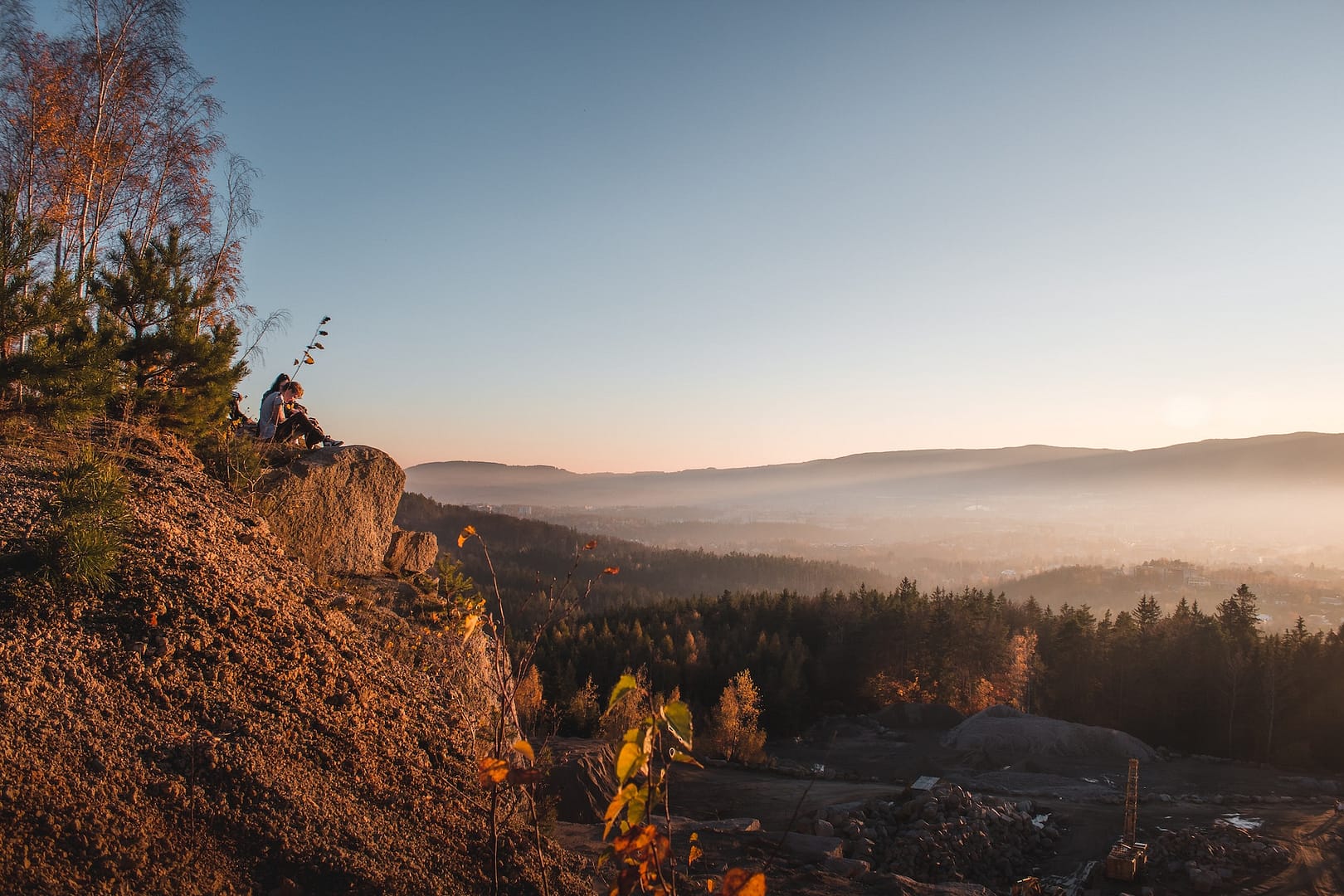Wildfires have been growing in frequency and destruction across California, with communities in foothill and mountain regions increasingly threatened. Recent devastating fires have made it clear that property owners in fire-prone areas need to take proactive steps to protect their homes, neighborhoods and lives from wildfires. Creating strategic wildfire breaks around structures and neighborhoods is an important mitigation measure every at-risk community should consider.
What are Wildfire Breaks?
Wildfire breaks, also known as fuel breaks, fire breaks or greenbelts, are areas where vegetation and other fuels have been cleared away or significantly reduced. They are strategically located to slow the spread of wildfires and reduce their intensity, giving firefighters improved access and safer spaces to make stands against approaching flames.
Fuel breaks provide a buffer zone between properties and flammable wildland vegetation or areas with heavy fuel loads. They typically range from 30 feet to over 150 feet wide, with wider breaks recommended in areas of steep slopes or heavy fuels. Maintaining these breaks by periodically clearing any vegetation regrowth is essential for long-term effectiveness.
Benefits for California Property Owners
Strategically located wildfire breaks can provide substantial protection for homes, neighborhoods and even entire communities within the wildland-urban interface. By slowing fire spread and reducing intensity, they allow firefighters better opportunity to safely access properties and effectively defend structures when wildfires threaten.
For property owners, key benefits of proactively creating wildfire breaks include:
- Reducing the risk of structure ignition from embers, radiant heat and direct flame contact
- Protecting neighborhoods by slowing fire spread between homes\
- Providing potential evacuation routes for residents if needed
- Enabling safer prescribed burning to proactively reduce fuel loads
- Maintaining aesthetically pleasing landscapes with selective clearing practices\
- Well-designed wildfire breaks can make the difference between saving a home or community or losing it during a wildfire event. Their value has been proven time and again in California communities where fire break projects helped turn the tide against approaching flames.
Creating Effective Wildfire Breaks
Experts caution that wildfire break projects require careful planning and execution tailored to the specific terrain, vegetation and fuels present. Property owners should consult CAL FIRE representatives or qualified foresters to assess their situation and provide guidance on factors like:
- Properly locating breaks considering slope, prevailing winds, flammable exposures, access roads etc.
- Advising on optimal width given local conditions and fuels
- Recommending construction methods and maintenance practices
- Providing input on complementary landscape techniques like using fire-resistant plants
- Poorly located or implemented wildfire breaks can potentially do more harm than good by altering fire behavior in unintended ways. Professional guidance helps avoid these pitfalls while meeting the multiple objectives of reducing wildfire risk, maintaining aesthetics and protecting the environment.
Case Study: Community Fuel Break in Butte County
A community-wide collaborative fuel break project in Butte County demonstrates the power of this mitigation approach. With a $1 million state forest management grant, the neighborhood was able to strategically locate fuel breaks encompassing over 1,500 acres of residential areas adjacent to dense, fire-prone forests.
Careful thinning and undergrowth clearing provided fuel continuity interruption between the wildlands and hundreds of homes. When the Dixie Fire impacted the area in 2021, these proactive measures allowed firefighters to successfully defend all buildings within the project area despite extreme conditions.
Key Planning Considerations
While wildfire breaks provide a clear protective benefit, property owners need to weigh several factors when planning projects:
- Periodic maintenance is essential as vegetation regrows over time. Typically required every 5-7 years.
- Balancing wildfire risk reduction with environmental concerns like habitat preservation and erosion control.
- Managing invasive species, which can flourish in cleared areas if not controlled.
- Consulting experts to design breaks tailored to topography, aesthetics and specific wildfire risks.
- By addressing these considerations up front, optimal solutions can be crafted for maximizing structure protection while addressing other concerns like aesthetics, the environment and long-term maintenance.
Conclusions and Recommendations
As California contends with worsening wildfires across its forested foothill and mountain communities, creating wildfire breaks represents one of the most strategic investments property owners can make. Their value for protecting structures while assisting firefighter response is well-proven.
Proactively planning fuel break projects tailored to your specific terrain, vegetation and exposure is critical. Consulting qualified experts can help craft optimal prescriptions for maximizing wildfire resilience. While requiring some upfront planning and investment, once in place wildfire breaks will continue providing protection for years to come.
Given the escalating California wildfire threat, all property owners should evaluate their risk and consider strategic fuel breaks. Partnering with neighbors, communities and public land managers is key to create integrated landscape-scale buffers. With coordinated action and expertise, wildfire’s mounting dangers can be reduced.

